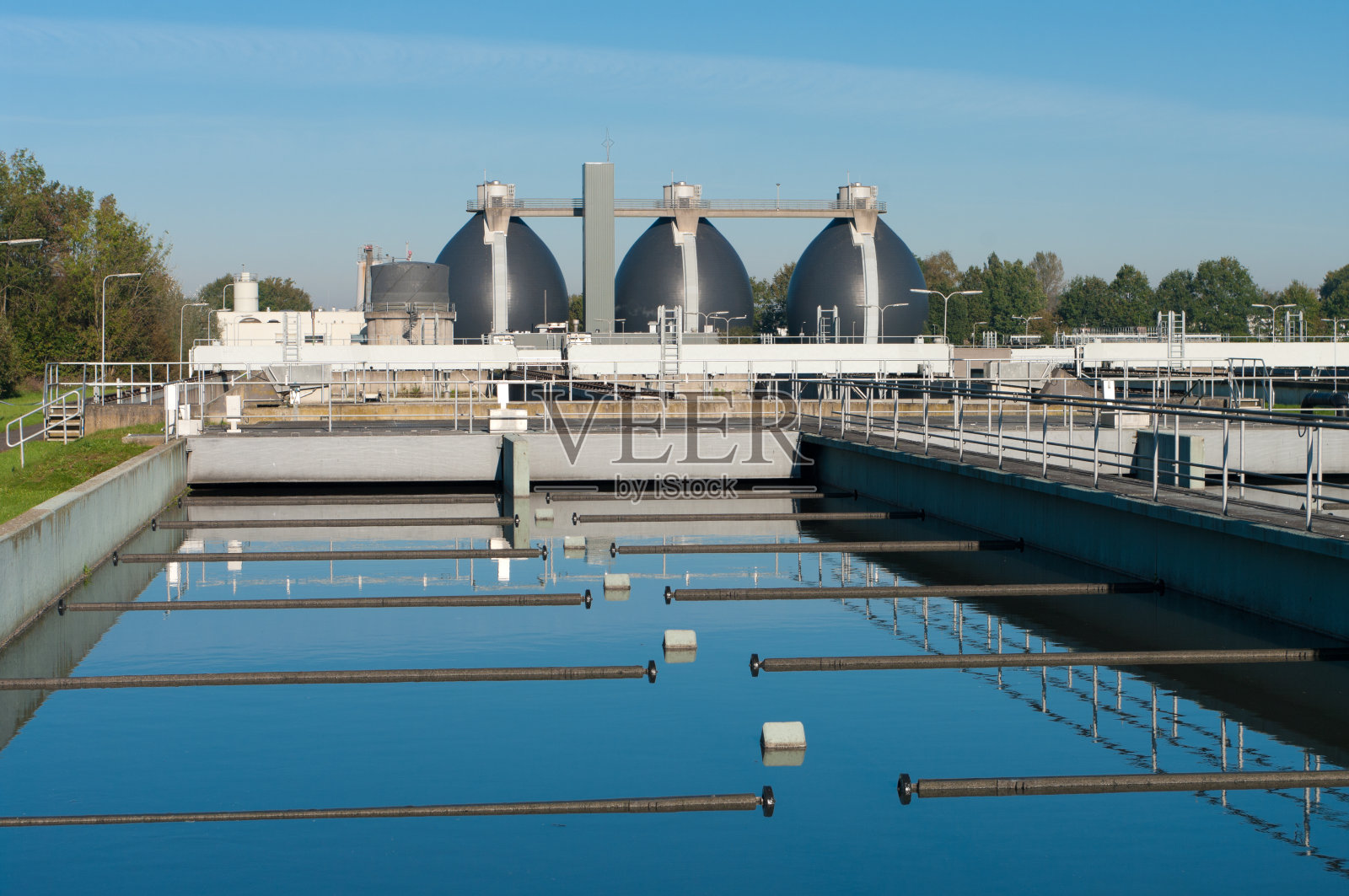 Drying Technology
Drying Technology
Keywords: sludgedryerfactory、sludgedryingequipment
Sludge mainly comes from urban sewage treatment plants and industrial sewage treatment plants. It is the waste generated by sewage treatment plants.

For transportation and subsequent disposal, the sewage treatment plant will not leave the factory until the sludge is mechanically filtered. Generally, the water content is 80% or lower.
Sludge is a heterogeneous body composed of organic fragments, bacteria, inorganic particles and colloids, which is difficult to be thoroughly settled
Solid-liquid separation. The sludge produced by sewage treatment is a typical organic sludge, characterized by high organic content (60%~80%), fine particles (0.02~0.2 mm), low density (1002~1006 kg/m3), colloidal structure, pipeline transportation, poor hydrophilicity and dewatering performance. With the decrease of water content in the sludge, the sludge changes from pure liquid to viscous, plastic, semi dry solid to pure solid.
Sludge drying processes are mainly divided into mechanical press drying and heating drying drying. The mechanical press drying processes include ordinary mechanical press drying and mechanical filter pressing drying; Heating, drying and drying processes include flue gas drying process, steam drying process, heat transfer oil drying process, etc.
The source of sludge is wide and the composition is complex. The output of sludgein China is increasing year by year, and the risk of impact on the environment is extremely high. With the continuous progress and improvement of sludge drying technology, my country will also widely use sludge drying technology disposal methods. The maturity of sludge drying technology will not only affect the improvement and development of sewage treatment and sludge treatment technology in China, but also cause secondary pollution to the natural environment.